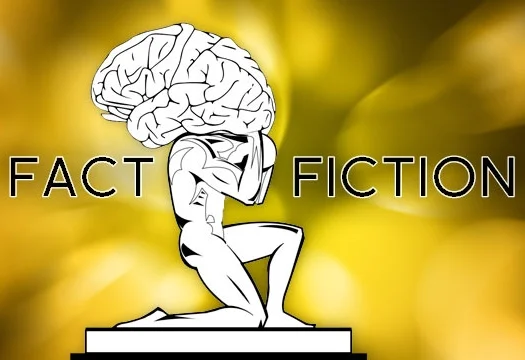"Just do it because you love it": Neurotalk S2E17 Nelson Spruston
/This week on Neurotalk, Nelson Spruston describes some of the first patch clamp recordings ever, shares the most exciting moment of his scientific career, and explains how a student in his lab discovered a new form of neural integration.
Dr. Spruston is the Scientific Program Director, and a Laboratory Head at the Howard Hughes Medical Institute at the Janelia Farm Research Campus.






